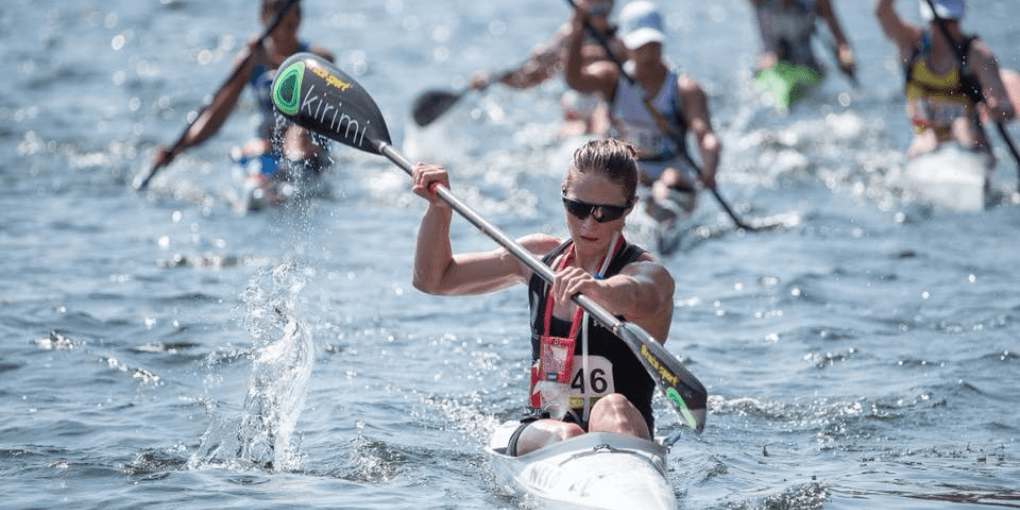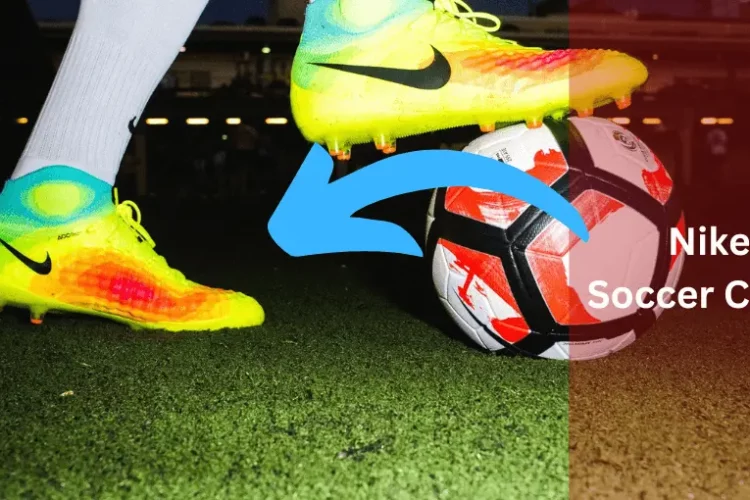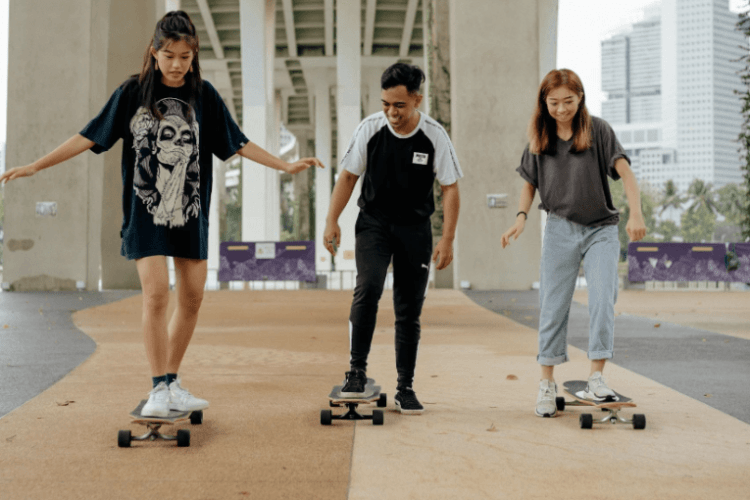Kayak Racing: From Sprints to Endurance Challenges
Ever dreamt of riding the waves like a champ? Well, get ready to splash into the exciting world of kayak racing! But hold on tight, because before we hit the water, let’s hear from some experts.

Meet Coach Sandy Splash, the guru of kayak racing. With her bubbly personality and love for adventure, Coach Sandy says, “Kayak racing is like a wild ride on a river rollercoaster! It’s all about having fun, making friends, and maybe even winning a race or two!”
We’ve got Dr. Wave, the coolest scientist who studies water and all its secrets. Dr. Wave thinks kayak racing is super cool because “It’s like a puzzle with paddles! You have to figure out how to glide through the water fast and smooth, using science and skill.”
So, are you ready to paddle into the fun-filled world of kayak racing? Grab your oars, put on your biggest smile, and let’s make some waves together!
Understanding different types of kayak racing
Sprint Racing:
- Sprint racing is like the 100-meter dash of the water world! It’s all about going as fast as you can in a short distance.
- In sprint races, kayakers paddle in straight lines on calm water, aiming to reach the finish line in the quickest time possible.
- These races are fast-paced and thrilling, with kayakers using powerful strokes to propel themselves forward.
Marathon Racing:
- Marathon racing is like a long-distance run but on the water! It’s all about endurance and pacing yourself over a longer course.
- In marathon races, kayakers paddle for longer distances, sometimes even covering tens of miles.
- These races test both physical endurance and mental toughness as kayakers navigate through various challenges like currents, wind, and fatigue.
Whitewater Racing:
- Whitewater racing is like a wild rollercoaster ride on the river! It’s all about maneuvering through fast-flowing rapids and obstacles.
- In whitewater races, kayakers tackle raging rivers filled with twists, turns, and obstacles like rocks and waterfalls.
- These races require quick reflexes, expert paddling skills, and nerves of steel as kayakers navigate through turbulent waters to reach the finish line.
Essential Gear and Equipment for Kayaking
Here is describe some essential gear and equipment for Kayaking:
Kayak
The heart and soul of your kayaking adventure! Choose a kayak that suits your needs and preferences, whether it’s a sleek racing kayak. You can also choose a stable recreational kayak, or a versatile touring kayak.
Paddle
Your trusty companion for propelling your kayak through the water. Opt for a paddle that’s the right length and style for your paddling style and the type of kayaking you’ll be doing.
Personal Flotation Device (PFD)
A properly fitting PFD is essential for every kayaker, providing buoyancy and peace of mind in case of emergencies. Make sure it’s Coast Guard-approved and comfortable to wear.
Helmet (for whitewater kayaking)
If you’re venturing into whitewater rapids, don’t forget to protect your noggin with a sturdy helmet. It’ll safeguard you against rocks and other obstacles in the water.
Spray Skirt (for whitewater or sea kayaking)
Keep dry and secure with a spray skirt that seals the cockpit of your kayak, preventing water from entering during rough conditions.
Bilge Pump and Sponge
Stay afloat and dry with a bilge pump to remove excess water from your kayak and a sponge for wiping away any splashes that make it inside.
Safety Whistle and Signal Mirror
Be prepared for emergencies with a safety whistle to attract attention and a signal mirror for signaling for help in case you’re stranded or in distress.
Navigation Tools
Whether it’s a compass, GPS device, or map and waterproof case, having the right navigation tools can help you stay on course and explore new waters with confidence.
Footwear
Keep your feet protected with water shoes or sandals that provide traction and support, especially if you’ll be launching or landing on rocky shores.
Technique and Training
Technique and Training for Kayaking:
- Paddling Technique:
- Grip and Hand Position: Hold your paddle with a relaxed grip, keeping your hands shoulder-width apart. Your knuckles should face upward, and your elbows should be slightly bent.
- Forward Stroke: Engage your core muscles and rotate your torso as you reach forward with the paddle blade, immersing it fully in the water. Pull the paddle back alongside your body, using your back muscles for power.
- Reverse Stroke: Similar to the forward stroke but in reverse! Push the paddle blade away from your body, using your torso rotation and arm muscles to propel the kayak backward.
- Sweep Stroke: Use the sweep stroke to turn your kayak by sweeping the paddle blade in a wide arc away from the kayak’s hull. Lean into the turn for added stability and control.
- Efficiency Tips:
- Smooth and Fluid Motion: Focus on making your paddle strokes smooth and fluid, minimizing wasted energy and maximizing efficiency.
- Feathered Paddle: Consider using a feathered paddle (where the blades are offset) to reduce wind resistance and strain on your wrists during windy conditions.
- Maintain Proper Posture: Sit up straight in your kayak with your knees slightly bent and feet resting comfortably on the footpegs or braces. This posture helps optimize your paddling power and stability.
- Strength and Endurance Training:
- Cardiovascular Fitness: Incorporate cardio exercises like swimming, cycling, or running into your training routine to improve your endurance and stamina on the water.
- Strength Training: Target key muscle groups such as your core, back, arms, and shoulders with exercises like planks, rows, and shoulder presses to enhance your paddling power.
- Flexibility and Mobility: Practice stretching exercises to improve your flexibility and mobility, which can help prevent injuries and allow for a more efficient paddling stroke.
- Practice and Repetition:
- On-Water Practice: There’s no substitute for time on the water! Regularly practice your paddling technique and maneuvers in different conditions, such as calm lakes, flowing rivers, and choppy seas.
- Drills and Exercises: Incorporate specific drills and exercises into your training sessions to target areas for improvement, such as speed, agility, and maneuverability.
- Video Analysis: Record yourself paddling and review the footage to identify areas where you can refine your technique and make adjustments for better performance.
Safety Considerations
Before you set sail on your kayaking journey, let’s talk about staying safe on the water. Here are some important tips to remember:
- Wear Your PFD (Personal Flotation Device): Always wear PFD while kayaking to keep you safe and afloat in case you accidentally tip over or encounter rough waters.
- Stay Close to Shore: Stick to paddling near the shore, especially if you’re just starting out. It’s easier to reach safety if you need to get back to land quickly.
- Buddy Up: Everything’s more fun with a friend! Kayak with a buddy or in a group so you can look out for each other and help if someone needs it.
- Check the Weather: Before you head out, check the weather forecast. Avoid kayaking in stormy or windy conditions, as they can make the water choppy and unsafe.
- Learn to Swim: Knowing how to swim is like having a superpower! Take swimming lessons so you feel confident and comfortable in the water, just in case.
- Listen to Adults: If you’re kayaking with grown-ups or instructors, listen to what they say and follow their instructions. They’re there to keep you safe and help you have a great time.
- Watch Out for Hazards: Keep an eye out for rocks, branches, and other obstacles in the water. Always steer clear to avoid getting stuck or tipping over.
- Don’t Forget the Sunscreen: Protect your skin from the sun’s rays by wearing sunscreen, a hat, and sunglasses. Even on cloudy days, UV rays can still reach you!
Conclusion
Wow, what a splash-tastic adventure we’ve had exploring the world of kayak racing! Whether you’re zooming across calm lakes, tackling wild rivers, or cruising along coastal shores, there’s no limit to the fun and excitement that await you on the water.
Kayak racing isn’t about winning medals or being the fastest paddler, it’s about the joy of gliding through the waves.
So, whether you’re a beginner, dipping your paddle in the water or a seasoned racer ready to take on new challenges, always paddle with passion, positivity, and a big smile on your face!
Keep practicing your paddling skills, stay safe on the water, and most importantly, never stop exploring the wonderful world of kayaking. Who knows what adventures await you just around the river bend?
So, grab your paddle, embrace the adventure, and let the journey continue! Until next time, happy paddling, young adventurers!
FAQs
Kayak racing is a super exciting sport where people paddle special boats called kayaks as fast as they can to win a race.
To win in kayak racing, you need to paddle your kayak faster than everyone else in the race and be the first one to cross the finish line.
Kayak racing can be challenging, but it's also a lot of fun! With practice and determination, you can become a great kayak racer.
Yes, you'll need a few things to race safely, like a kayak, a paddle, and a life jacket (called a PFD). Some races might also require a helmet.


